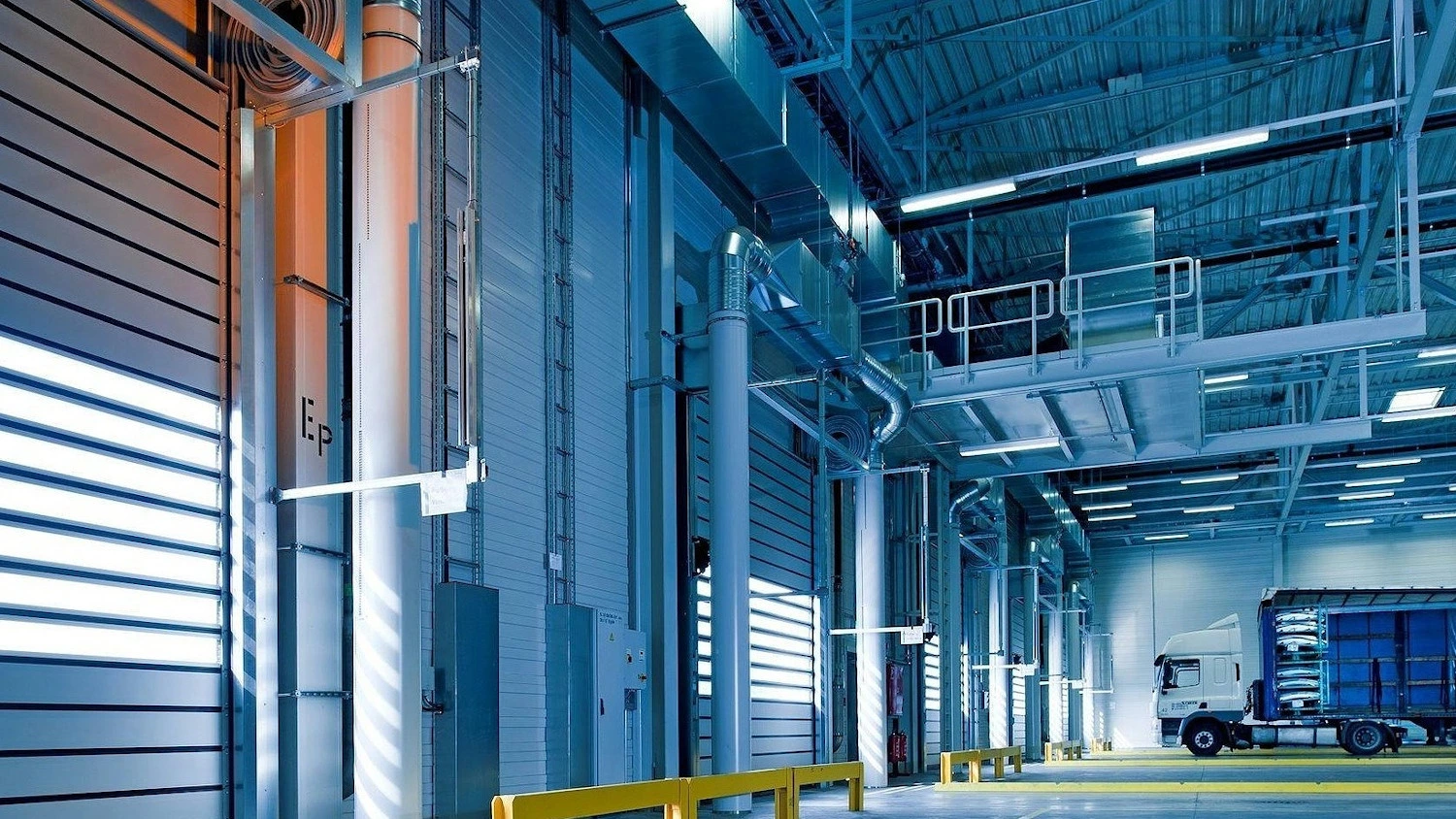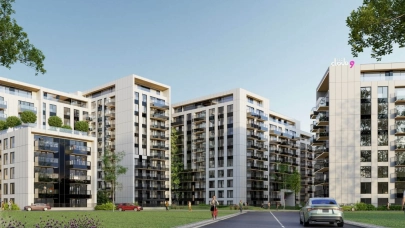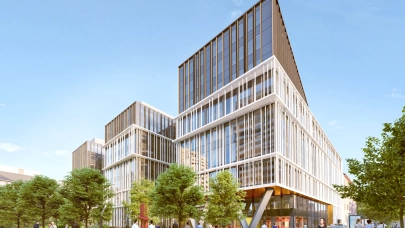
More than 2.6 million sqm of industrial and logistics space was delivered across Poland in 2024. While this was below the new supply levels recorded in previous years, the Polish market remains in good shape. Vacancy rates edged down, with development activity driven by demand coming from retail and 3PL, according to BNP Paribas Real Estate Poland’s latest report.
The market continues to grow steadily
In 2024, following a period of stagnation, Poland’s economy posted solid annual GDP growth of 3.0%, which had a positive impact on the industrial and logistics sector. The country’s commercial real estate market benefits from its strategic geographical position, robust infrastructure and competitive operating costs.
At the end of the fourth quarter of 2024, Poland’s industrial and logistics stock stood at 34.5 million sqm across 14 regions. Last year’s new deliveries surpassed 2.6 million sqm. Although this figure was lower than in previous years, the market maintains strong momentum. The largest volumes of new space were delivered in Lower Silesia (625,000 sqm), Warsaw I & II (a total of 454,000 sqm) and Central Poland (343,000 sqm).
“Last year’s new supply was almost on par with the pre-pandemic average, indicating a return to a more sustainable growth pace. On the demand side, 2024 ended with 5.8 million sqm of warehouse lease transactions, marking a 4% increase year-on-year and surpassing the 5 million sqm mark for the fifth consecutive year. Take-up was dominated by new leases and expansions, accounting for approximately 58% of all transactions, while the remaining 42% came from renewals – highlighting companies’ strong focus on stabilisation and optimisation strategies”, says Ludwika Korzeniowska, Head of Industrial and Logistics, BNP Paribas Real Estate Poland.
Retail sector leads take-up
Total take-up for the fourth quarter of 2024 exceeded 2 million sqm, a 7% rise year-on-year. Leasing activity was strongest in Poland’s three core regions: Warsaw II (504,000 sqm), Central Poland (365,000 sqm) and Upper Silesia (257,000 sqm). The largest transactions of the final quarter saw BSH Appliances lease 73,000 sqm at Panattoni Park Rzeszów West and Oponeo extend its 73,000 sqm lease at Hillwood Stryków II, where it also took an additional 33,000 sqm of warehouse space.
Retail and 3PL led leasing activity in the October-December period, accounting for 34% of all deals, followed by e-commerce with an 11% share. However, in 2024 as a whole, the retail sector overtook logistics as the most active tenant group.
Supply shrinks as vacancy rates edge down
The industrial and logistics development pipeline contracted over the quarter to just over 1.75 million sqm at the end of December 2024. This slowdown in construction is a notable trend both in Poland and worldwide.
The highest concentration of development activity is in Lower Silesia, with the largest projects underway being Building 3 of P3 Wrocław, totalling 92,000 sqm, followed by GLP Wrocław V Logistics Centre, which is set to deliver 67,000 sqm of new space upon completion. Meanwhile, the key project in the pipeline in Central Poland is the 59,000 sqm Tuszyn Industrial Park.
The top regions for new industrial and logistics deliveries in the fourth quarter of 2024 were Lower Silesia (252,000 sqm), Warsaw II (143,000 sqm) and Central Poland (50,000 sqm).
The recent downturn in new industrial and logistics completions pushed the overall vacancy rate down to 7.5% in the fourth quarter of 2024, down by 0.5 pp from the previous quarter but up by 0.1 pp year-on-year. The highest vacancy rates were recorded in the West (17.4%), Warsaw I (10.9%) and Central Poland (9.7%), while the lowest were in Opole (2.4%), Szczecin (2.8%) and Kraków (3.1%).
BNP Paribas Real Estate Poland forecasts steady industrial and logistics demand throughout 2025, driven primarily by e-commerce, 3PL and manufacturing. Vacancy rates are expected to decline further, stabilising at around 6-7%.
Data centre market growth
Poland’s data centre market is experiencing rapid growth, attracting both domestic operators and global tech leaders. At the end of 2024, Poland had over 120 data centres, a number expected to triple by 2030.
“The Warsaw region has emerged as the most attractive area for data centre development as it benefits from its strategic location, stable economy and growing demand for cloud services and AI applications. Equally important is the development of energy and telecommunications infrastructure, the availability of modern fibre optic networks and rising investments in renewable energy, further strengthening Poland’s competitiveness”, says Robert Pawłowski, Director, Industrial and Logistics Department, BNP Paribas Real Estate Poland.
Despite this fast-paced growth, Poland’s data centre sector faces several challenges, particularly the need to secure reliable and greater power supplies and the scarcity of land for new projects, especially in the Warsaw region.
Growth in salaries and job postings in logistics
According to Grafton Recruitment’s Corporate Salary and Trends report, 2024 saw an increase in job postings in logistics, with demand for logistics professionals outpacing that reported for other sectors.
This growth highlights the growing role of Poland in global supply chains. In 2024, salary growth in logistics varied across roles, with the fastest increases seen for customs agents and warehouse management specialists. Notable salary increases were also recorded for transport dispatchers and logistics specialists. Pay differences stem from the rising demand for skills key to efficient supply chain management and warehouse operations.



